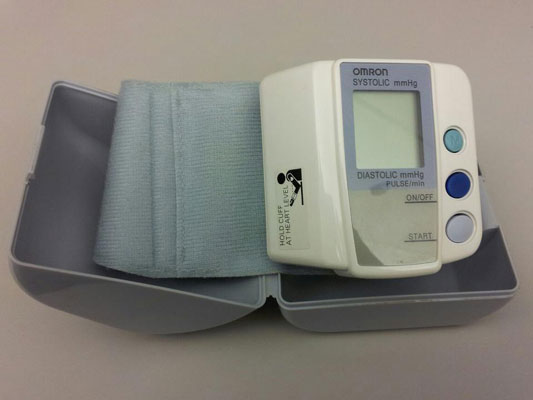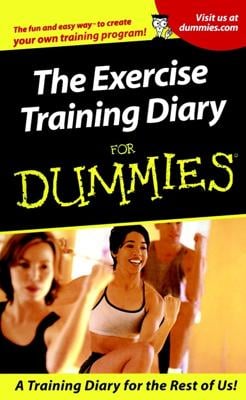You can monitor your heart rate to ensure that you're exercising at the right pace during a cardio workout. Your heart rate (also called your pulse) is the number of times that your heart beats per minute. You can determine this number either by counting the beats at your wrist or neck or by wearing a gadget called a heart-rate monitor.

Why monitor your heart rate?
When you’re just starting to work out, you may not have a good sense of how hard to push yourself. And with all that “no pain, no gain” propaganda, you may be working harder than you really need to. Knowing how hard you’re working during a workout is far more helpful than simply knowing how fast you’re going. For example, running nine-minute miles on a hot, humid afternoon takes a lot more effort than running at the same pace on a cool, overcast morning.
By keeping track of your heart rate over a long period of time, you discover some interesting things about your progress. When you’re a beginner, your heart has to work a lot harder to keep up with your body’s demands for blood and oxygen. If you work out on a regular basis, your aerobic system gradually becomes more efficient and you may need to step up the difficulty of your workout.
Monitoring your resting heart rate is also a good idea. Your resting heart rate is the number of times your heart beats per minute when you’re just sitting around. When you start exercising, your resting heart rate may be as high as 90. But after a few months of exercising, your resting heart rate may drop 10 or 20 beats.
How to take your pulse manually
Taking your pulse manually can be wildly inaccurate, so concentrate when you do it. The simplest place to take your own pulse is at your wrist. Rest your middle and index fingertips (not your thumb) lightly on your opposite wrist, directly below the base of your thumb. Most people can see the faint bluish line of their radial artery; place your fingertips here. Count the beats for 1 minute. Or, if you have a short attention span, count for 30 seconds and multiply by 2.
During your workout, take your pulse about every 15 minutes and be sure to concentrate. You may want to slow down or even stop while you take your pulse. True, this is disruptive to your workout, but it’s not nearly as disruptive as getting launched off the treadmill.
What you need to know about a heart-rate monitor
With a heart-rate monitor, you don’t need to stop exercising or take the time to count anything. At any given moment you can find out your heart rate by glancing at your wrist. A good monitor offers features such as a clock, a timer, and an alarm that you can set to beep when you wander out of your target zone.
The most accurate type of monitor is the chest-strap variety, which operates on the same principle as a medical electrocardiogram (ECG). You hook an inch-wide strap around your chest. This strap acts as an electrode to measure the electrical activity of your heart. This information is then translated into a number, which is transmitted via radio signals to a wrist receiver that looks like a watch with a large face. All you have to do is look at your wrist, and you instantly know what your heart rate is at that moment, whether it’s 92 or 164.
Most of the cardio equipment in gyms is now “heart-rate-monitor compatible.” The machines pick up the signal from the monitor, and your heart rate pops up on the display console, so you don’t have to wear the wrist watch.

